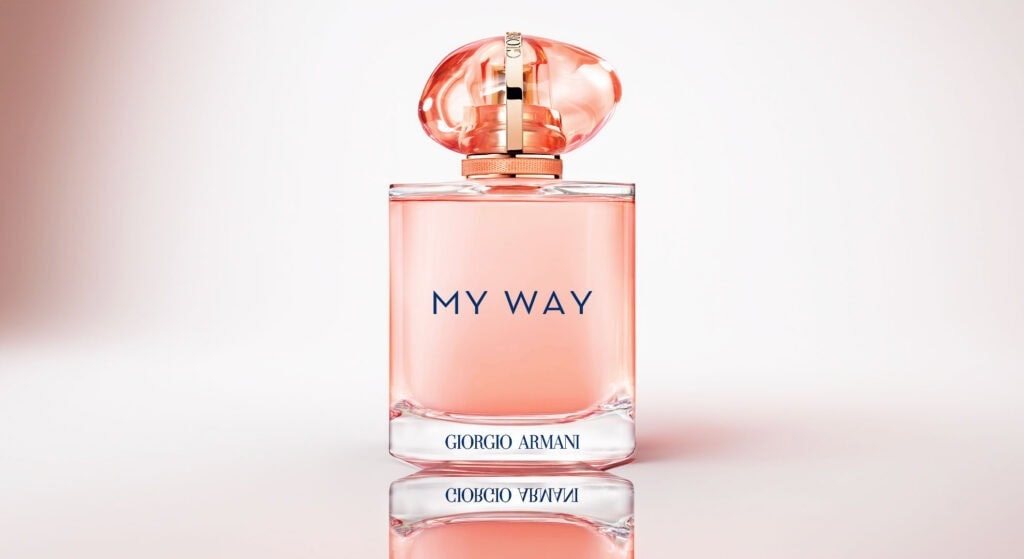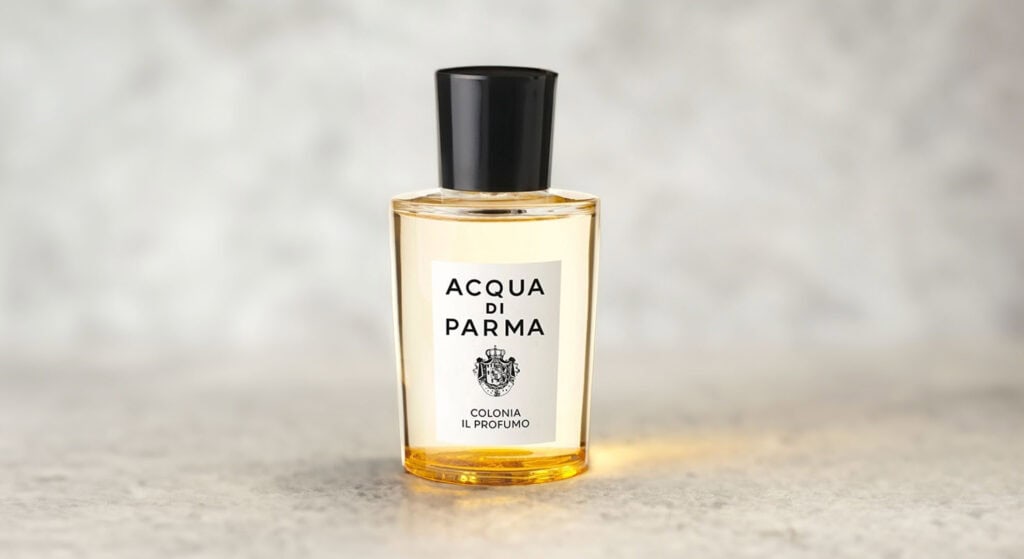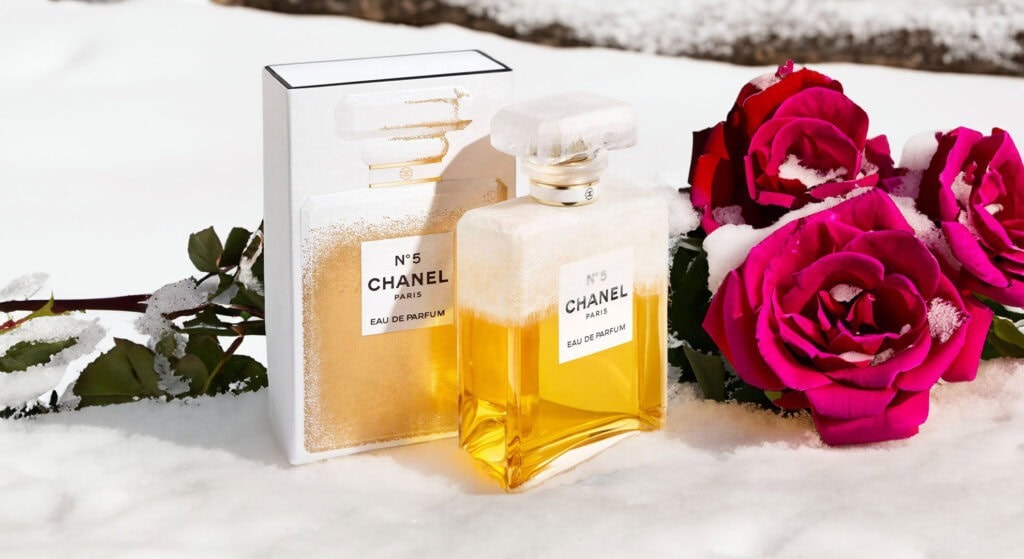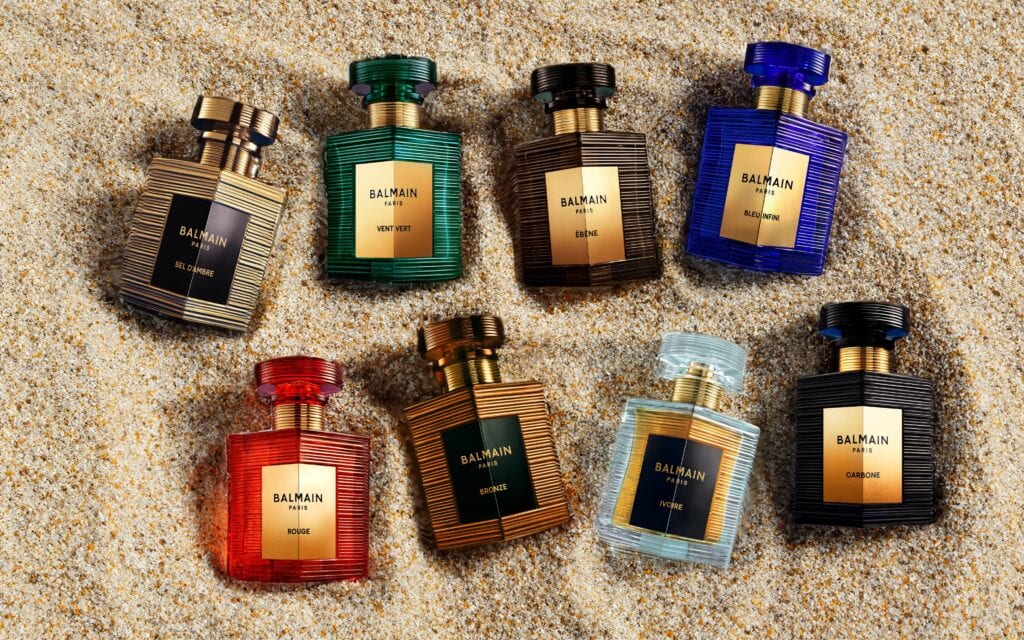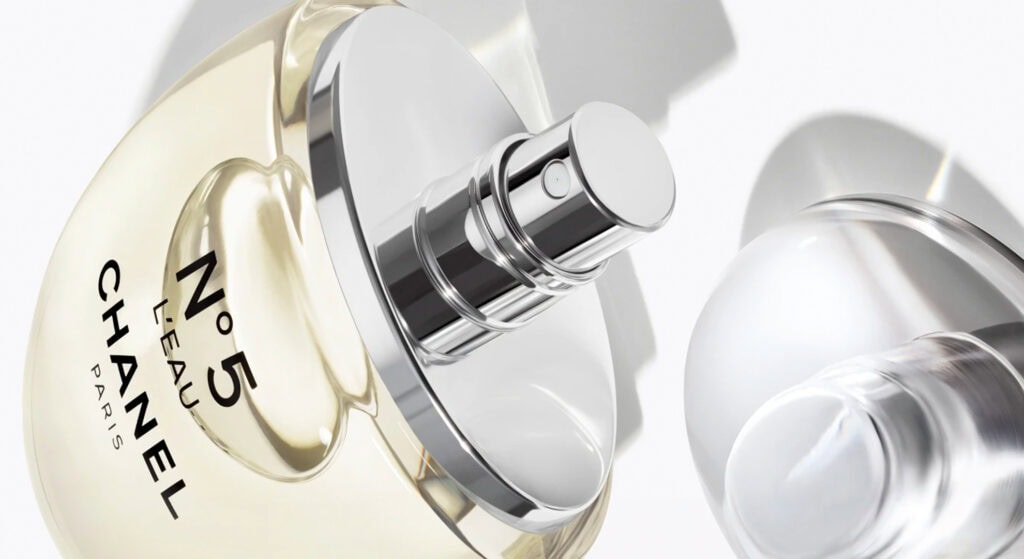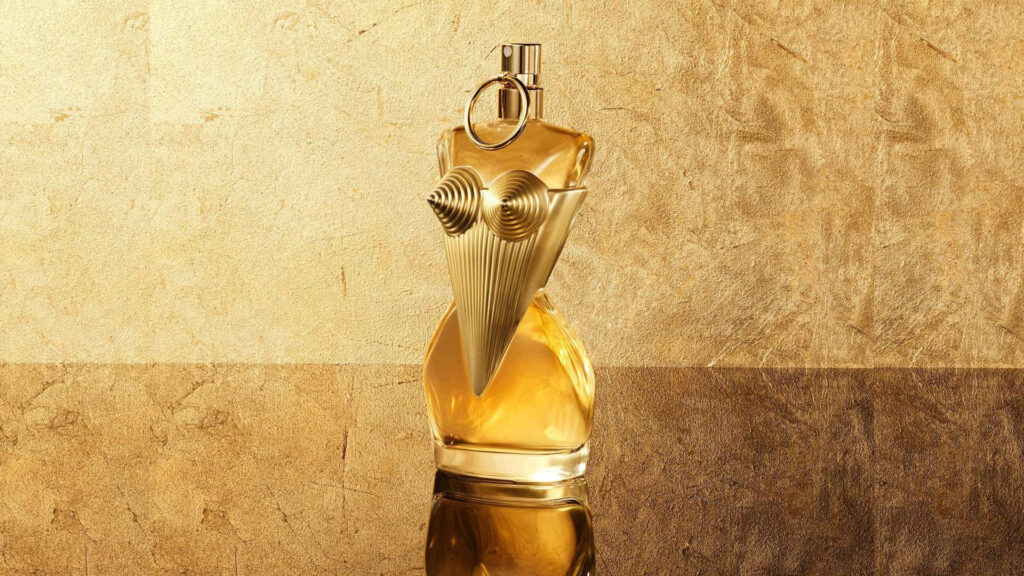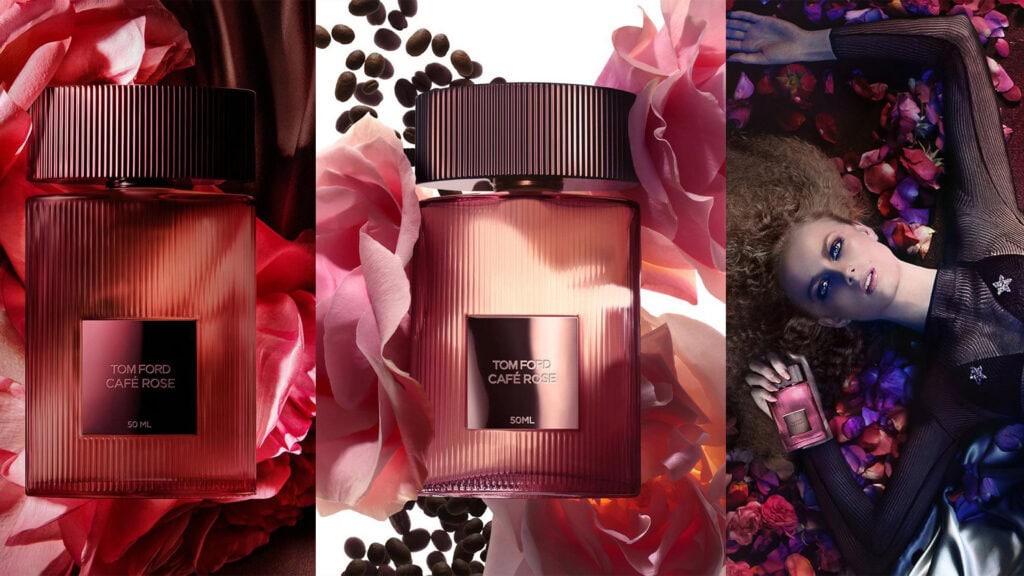Ylang-Ylang in Perfumery: The Exotic Floral Note that Enchants the Senses
Ylang-ylang, known for its alluring scent that is sweet, slightly spicy, and intoxicatingly floral, is a mesmerizing element in the field of perfume-making. This unique essence, extracted from the yellow blooms of the Cananga tree, has a diverse background and properties that provide depth, sensuality, and a tropical element to various scents. This article explores how ylang-ylang oil is extracted, its role in crafting intricate fragrances, and showcases famous perfumes featuring ylang-ylang prominently.
The Art of Extracting Ylang-Ylang Essence
Ylang-ylang oil is extracted from the flowers of the Cananga tree, native to tropical regions such as the Philippines, Indonesia, and Madagascar. The process of capturing this fragrant oil is both intricate and delicate, ensuring that the full spectrum of its aroma is preserved.
- Steam Distillation: The most common method for extracting ylang-ylang oil is steam distillation. The flowers are distilled in stages, resulting in different grades of oil, each with its own unique scent profile. The first fraction, known as “Extra,” is the most sought after, capturing the freshest, brightest, and most intense floral notes. Subsequent distillations produce oils that are richer, deeper, and more robust, often used in the heart and base notes of perfumes.
- Fractional Distillation: This method allows perfumers to isolate different fractions of the ylang-ylang essence, each highlighting a different aspect of the flower’s aroma. For example, the “Extra” fraction is often used for its light, ethereal qualities, while the “Complete” fraction, which includes all distillation stages, provides a more rounded and full-bodied scent.
- CO2 Extraction: A more modern technique, CO2 extraction, uses supercritical carbon dioxide to extract the aromatic compounds from ylang-ylang flowers. This method is highly effective at preserving the purity and complexity of the oil, resulting in a true-to-nature fragrance that captures the full range of ylang-ylang’s exotic floral notes.
Blending Ylang-Ylang in Fragrance Compositions
Ylang-ylang’s rich, complex aroma makes it a versatile and essential ingredient in perfumery. It can be used to add an exotic floral touch, enhance the sensuality of a composition, or bring warmth and depth to various fragrance families.
- Floral Blends: Ylang-ylang is a natural fit in floral compositions, where it can either dominate or complement other floral notes such as jasmine, rose, and tuberose. Its sweet, heady aroma adds an exotic twist to traditional floral perfumes, making them more opulent and sensual. Chanel No. 5, one of the most iconic perfumes in history, features ylang-ylang as a key component, where it blends seamlessly with rose and jasmine to create a timeless, luxurious scent.
- Oriental and Spicy Scents: Ylang-ylang is often used in oriental and spicy fragrances, where its warm, sweet, and slightly spicy notes add depth and complexity. When combined with ingredients like vanilla, sandalwood, and spices, ylang-ylang enhances the richness and sensuality of the perfume, creating a scent that is both exotic and comforting. Tom Ford’s Black Orchid is a perfect example, where ylang-ylang’s lush floral scent is layered with dark, spicy, and woody notes for a fragrance that is both mysterious and captivating.
- Citrus and Fruity Accords: Ylang-ylang’s ability to balance and enhance other notes makes it an excellent partner for citrus and fruity fragrances. When blended with zesty citrus notes like bergamot or sweet, juicy fruits like peach and apricot, ylang-ylang adds a creamy, smooth undertone that softens the sharpness of the citrus and enriches the fruitiness. Estée Lauder’s Sensuous showcases this blend, where ylang-ylang adds a soft, creamy floral note to the fragrance’s bright, fruity opening.
- Woody and Earthy Blends: In woody and earthy perfumes, ylang-ylang can introduce a floral richness that balances the dryness and depth of wood and earth notes like vetiver, cedarwood, and patchouli. This combination results in a fragrance that is both grounded and luxurious, with ylang-ylang adding a touch of exotic elegance. Guerlain’s Samsara is a classic example, where ylang-ylang’s lush floral scent harmonizes with the rich, woody base, creating a perfume that is both powerful and sophisticated.
Celebrating Ylang-Ylang in Iconic Fragrances
Ylang-ylang’s unique ability to add depth, richness, and an exotic flair to perfumes has made it a key ingredient in many iconic fragrances. These perfumes showcase the versatility and enduring appeal of this captivating flower.
- Chanel No. 5: As one of the most famous perfumes of all time, Chanel No. 5 relies on ylang-ylang to provide its distinctive floral heart. The combination of ylang-ylang with rose and jasmine creates a scent that is both timeless and luxurious, embodying the essence of elegance.
- Tom Ford Black Orchid: This bold and luxurious fragrance uses ylang-ylang to add a lush floral depth to its complex blend of dark, spicy, and earthy notes. The result is a scent that is both mysterious and seductive, perfect for those who want to make a statement.
- Guerlain Samsara: Ylang-ylang plays a central role in Samsara, where its rich, exotic floral scent is beautifully balanced with creamy sandalwood and powdery iris. The result is a fragrance that is both powerful and feminine, exuding confidence and sophistication.
- Estée Lauder Sensuous: In this modern classic, ylang-ylang adds a soft, creamy floral note that enhances the fragrance’s blend of bright fruits and warm woods. The result is a scent that is both fresh and comforting, making it perfect for everyday wear.
The versatility and lasting charm of ylang-ylang in perfumery are evident. Its capacity to infuse various fragrance blends with a hint of exotic sophistication, complexity, and coziness guarantees that it will remain a cherished and indispensable component in the realm of perfumery. Whether it is in a prominent role or a more understated role, ylang-ylang can enhance any fragrance and make it extraordinary.
